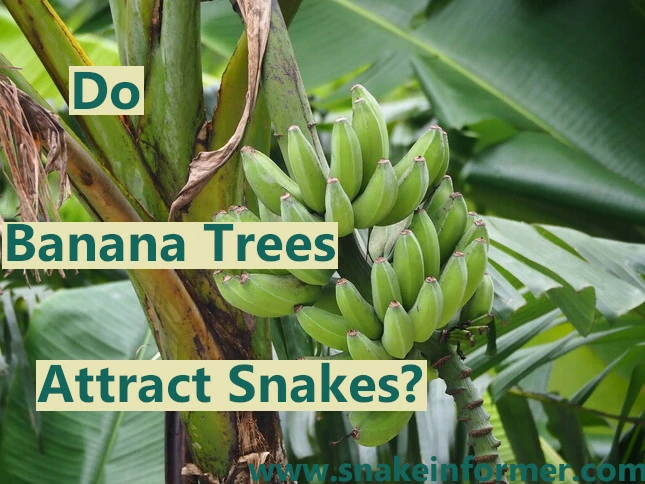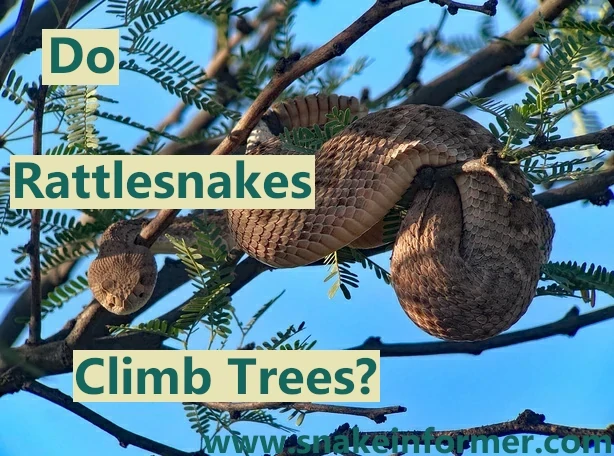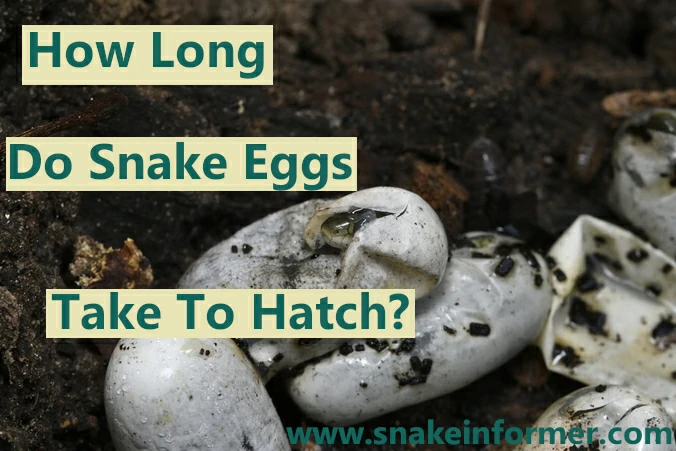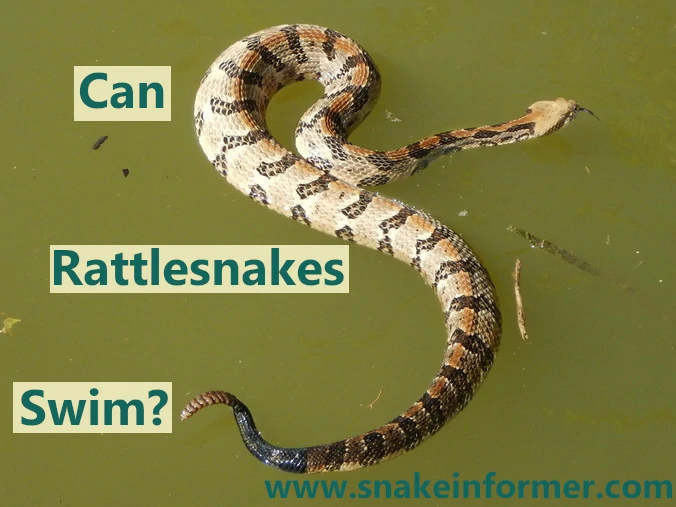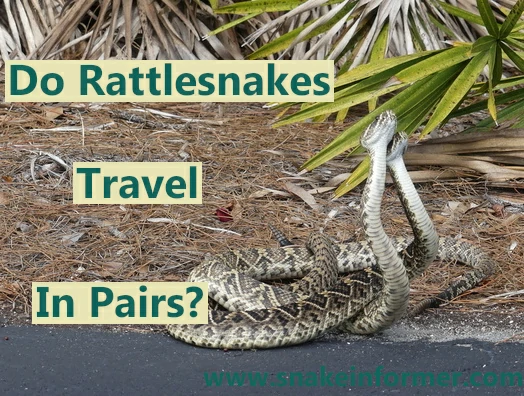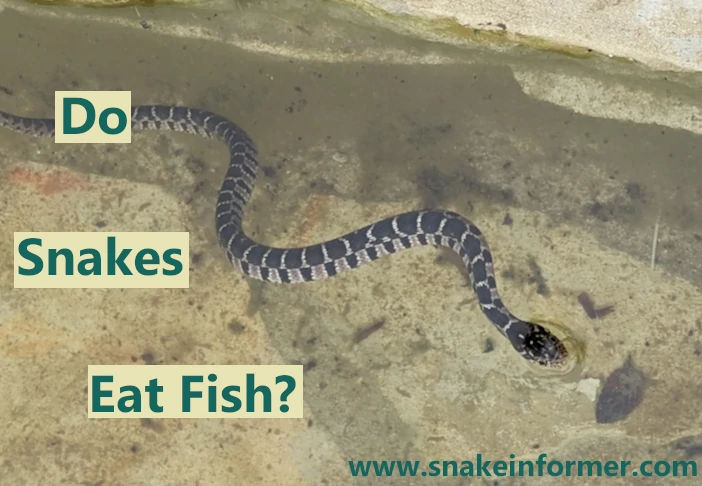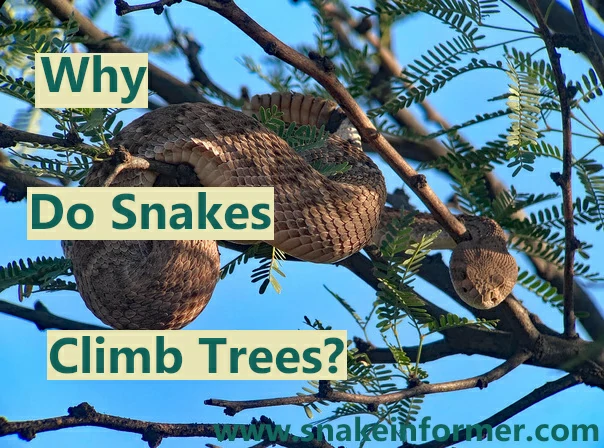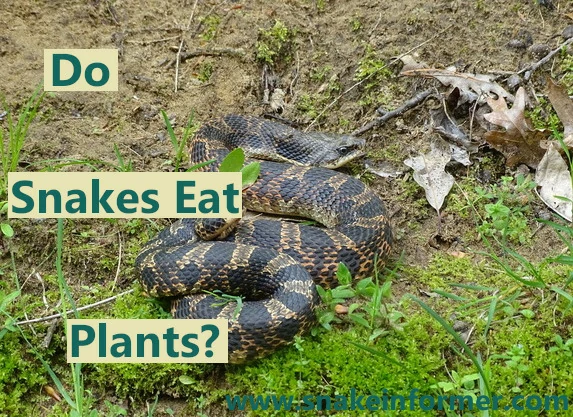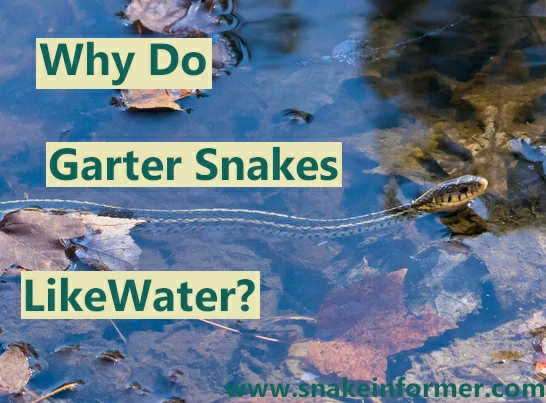3 Reasons Why Banana Trees Attract Snakes (Explained)
Banana trees are large, fast-growing plants known for their broad, lush leaves. These plants are a common sight in many parts of the world, especially in warm regions, Banana trees themselves don’t directly attract snakes. However, they can create an environment that’s appealing to snakes. The large leaves of banana trees create cool, shaded spots … Read more

